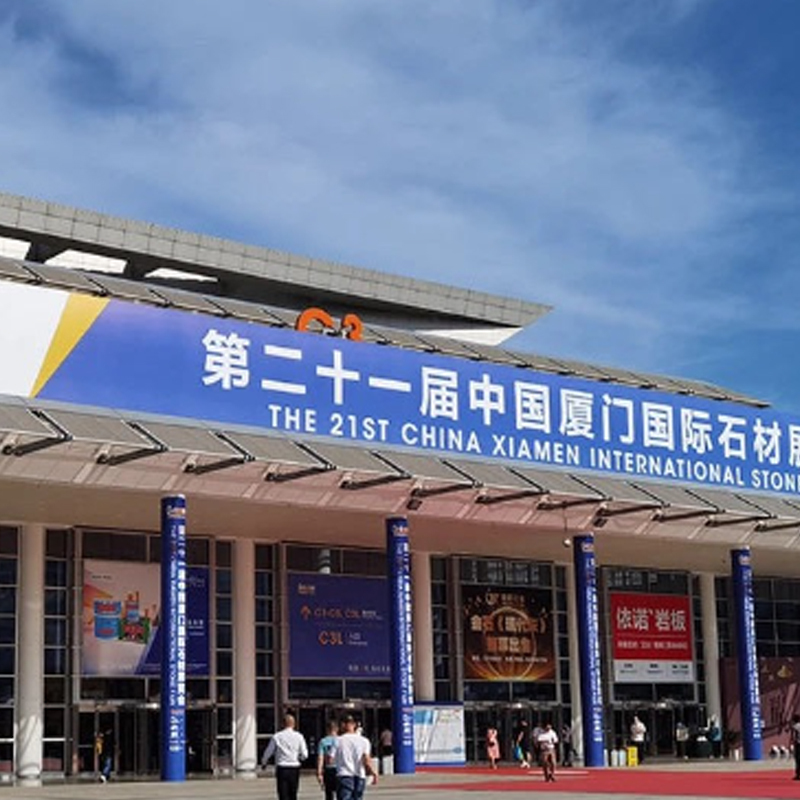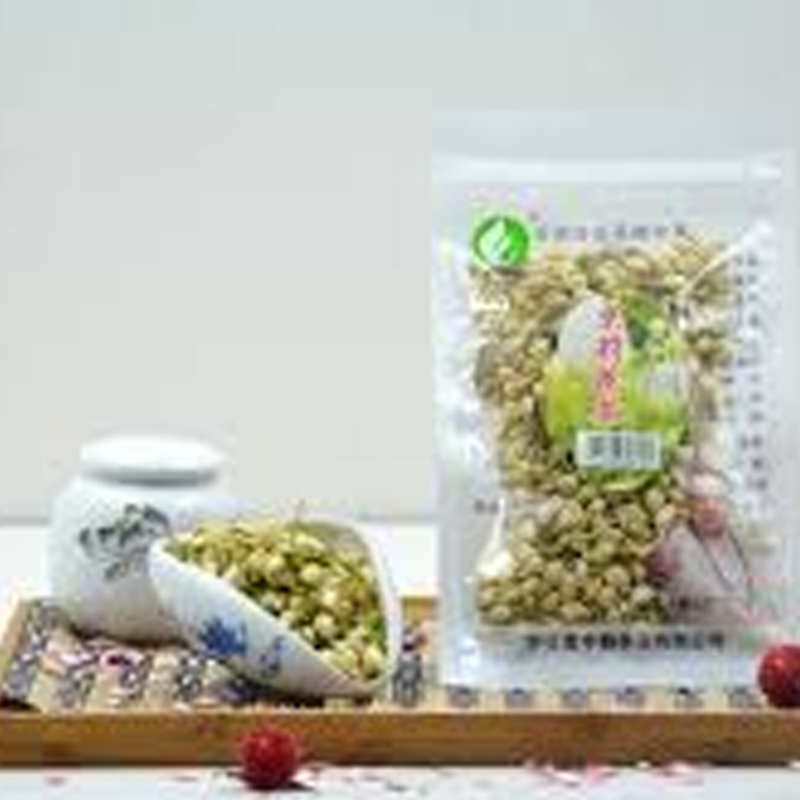In the ever-evolving world of online shopping, Temu has emerged as a game-changer, leaving consumers astounded by its incredibly low prices. But what’s the secret behind this Chinese e-commerce phenomenon? This comprehensive guide dives deep into Temu’s business model, exploring how PDD Holdings’ innovative approach to direct sourcing, bulk orders, and data-driven pricing has disrupted traditional retail. Whether you’re a savvy shopper or a curious observer of market trends, understanding Temu’s strategy offers valuable insights into the future of global commerce and consumer behavior.
Key Takeaways: Decoding Temu’s Price-Slashing Strategy
- Direct sourcing from manufacturers cuts out middlemen
- Bulk ordering enables significant cost reductions
- Minimal marketing spend keeps overhead low
- AI-powered pricing optimizes for maximum sales
- Group buying model encourages volume purchases
- Quality considerations may explain some price differences

Why is Temu So Cheap (1)
What is Temu and How Does It Fit into the Chinese E-commerce Landscape?
Temu is the international arm of Pinduoduo, a major player in Chinese e-commerce operated by PDD Holdings. Launched in 2022, Temu quickly made waves in the global market with its astoundingly low prices. Unlike traditional retailers, Temu leverages a unique business model that combines direct sourcing, minimal overhead, and data-driven decision-making.
The platform’s success is rooted in its parent company’s experience with the group buying model in China. This approach encourages consumers to team up for bulk purchases, resulting in lower prices for everyone involved. By applying this strategy to the international market, Temu has disrupted conventional retail pricing structures.
“Temu’s model is a perfect storm of Chinese manufacturing prowess and innovative e-commerce strategies, creating a new paradigm in global retail.”
How Does Temu’s Direct Sourcing Model Contribute to Lower Prices?
At the heart of Temu’s ultra-low prices is its direct sourcing model. By bypassing traditional intermediaries and working directly with manufacturers, Temu eliminates several layers of markup typically added to product costs. This approach is possible due to PDD Holdings’ extensive network of factory partnerships in China, built over years of operating in the domestic market.
The direct sourcing model not only reduces costs but also allows Temu to offer a wider variety of products. With direct access to manufacturers, Temu can quickly adapt to consumer trends and bring new items to market faster than competitors relying on traditional supply chains.
| Traditional Retail Model | Temu’s Direct Sourcing Model |
|---|---|
| Multiple intermediaries | Direct factory partnerships |
| Higher markups at each stage | Minimal markup |
| Longer time to market | Rapid product introduction |
What Role Do Bulk Orders Play in Temu’s Pricing Strategy?
Bulk ordering is another key factor in Temu’s ability to offer rock-bottom prices. By placing large orders with manufacturers, Temu can negotiate significant discounts due to economies of scale. This approach allows them to spread fixed costs across a larger number of units, effectively reducing the per-item cost.
Moreover, Temu’s bulk ordering strategy extends to its customers through its group buying model. By incentivizing consumers to make purchases together, Temu can aggregate demand and place even larger orders with suppliers, further driving down costs. This synergy between bulk ordering and group buying creates a virtuous cycle of cost reduction that benefits both Temu and its customers.

How Does Temu’s Minimal Marketing Approach Keep Prices Low?
Unlike many e-commerce giants that spend heavily on advertising, Temu takes a different approach. By minimizing marketing expenditures, the company can allocate more resources to keeping prices low. Instead of relying on expensive ad campaigns, Temu leverages word-of-mouth and viral marketing through social media to attract customers.
This strategy of limited overhead costs extends beyond marketing. Temu operates with a lean organizational structure, further reducing operational expenses. The savings from these cost-cutting measures are passed on to consumers in the form of lower prices, making Temu’s offerings even more attractive in a competitive market.
What is the Role of Data-Driven Pricing in Temu’s Business Model?
Temu’s parent company, PDD Holdings, is known for its sophisticated use of data analytics and AI-powered pricing strategies. This expertise has been transferred to Temu, allowing the platform to optimize prices in real-time based on a variety of factors including demand, competitor pricing, and consumer behavior.
By leveraging big data and machine learning algorithms, Temu can identify the sweet spot for pricing that maximizes sales volume while maintaining profitability. This dynamic pricing model ensures that Temu remains competitive across its vast product range, often undercutting rivals on popular items to attract and retain customers.
Are There Quality Considerations When Shopping on Temu?
While Temu’s prices are undeniably attractive, potential buyers should be aware of potential quality considerations. The ultra-low prices often reflect lower quality standards compared to more established brands. This doesn’t necessarily mean all products are of poor quality, but rather that they may not meet the same rigorous standards of higher-priced alternatives.
Consumers should approach Temu purchases with realistic expectations and carefully read product descriptions and reviews. It’s also worth noting that Temu’s return policies and customer protection measures may differ from those of more traditional retailers, so buyers should familiarize themselves with these policies before making a purchase.
How Does Temu Manage Shipping Logistics to Keep Costs Down?
Shipping is often a significant cost factor in international e-commerce, but Temu has found ways to minimize these expenses. By partnering with various shipping companies and optimizing its logistics network, Temu can offer free or low-cost shipping on most orders. However, this often comes at the expense of longer delivery times, with many items taking several weeks to arrive.
Temu also employs smart inventory management techniques, strategically stocking popular items in warehouses closer to key markets. This approach helps reduce shipping costs and times for frequently purchased products while maintaining the cost benefits of direct sourcing for other items.
What Competitive Strategies Does Temu Use to Gain Market Share?
Temu’s competitive strategy revolves around aggressive pricing and market penetration tactics. The company often employs a loss leader strategy, selling certain popular items at or below cost to attract customers to the platform. Once on the site, shoppers are likely to explore other offerings, potentially making additional purchases with higher profit margins.
Customer data utilization is another crucial aspect of Temu’s competitive approach. By analyzing shopping patterns and preferences, Temu can tailor its product offerings and marketing efforts to maximize customer engagement and sales. This data-driven approach allows Temu to quickly adapt to market trends and consumer demands.

How Does Consumer Behavior Influence Temu’s Success?
Temu’s success is closely tied to evolving consumer behavior, particularly the increasing willingness of shoppers to try new brands and prioritize price over established names. The platform capitalizes on the “treasure hunt” mentality, where consumers enjoy browsing through a vast array of low-priced items in search of deals.
Additionally, Temu taps into the growing trend of social shopping. By encouraging users to share their purchases and participate in group buying, Temu creates a sense of community and FOMO (fear of missing out) that drives further engagement and sales.
What Should Buyers Be Aware of When Shopping on Temu?
While Temu offers incredible deals, savvy shoppers should keep a few things in mind:
- Product Authenticity: Be cautious of branded items at extremely low prices, as they may be counterfeit or unauthorized replicas.
- Hidden Fees: Watch out for potential customs charges or taxes that may apply to international purchases.
- Delivery Times: Be prepared for longer waiting periods, especially for items shipped directly from China.
- Quality Variability: Understand that the quality of items may vary and may not always meet Western standards.
- Limited Customer Support: Be aware that customer service may not be as robust as with more established retailers.
Conclusion: Is Temu Changing the Face of Global E-commerce?
Temu’s disruptive approach to e-commerce, leveraging direct sourcing, bulk ordering, and data-driven pricing, is undoubtedly shaking up the retail landscape. While the platform’s ultra-low prices are attractive to budget-conscious consumers, they also raise questions about sustainability, quality, and the long-term impact on global trade patterns.
For businesses looking to compete in this new environment, understanding and potentially adopting some of Temu’s strategies could be crucial. Companies interested in tapping into the power of Chinese manufacturing and e-commerce innovation might consider partnering with experienced sourcing agents like BuyFromChinaDirect. Such collaborations can help businesses navigate the complexities of direct sourcing, ensuring quality control while benefiting from cost efficiencies.
As Temu continues to grow and evolve, it will be fascinating to see how established retailers respond and how consumer expectations shift in the face of this ultra-low-price revolution. Whether Temu’s model proves to be a lasting disruption or a temporary phenomenon, it has certainly given both shoppers and industry insiders much to think about in terms of pricing, sourcing, and the future of global e-commerce.





























